All the roots and barks in the world cannot offer the same level of pain relief as some opioid pain relievers. But since these medicines are quite strong, they are also very addictive, especially when used to manage chronic pain, like arthritis pain. So, the question is, how can you manage your discomfort with fewer pills?
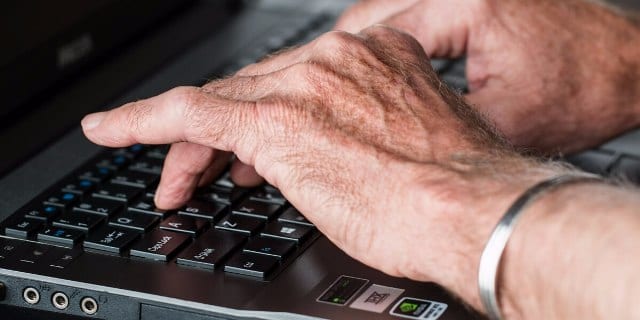
The answer may be the aforementioned roots and barks. However, instead of counting on these natural remedies to eliminate pain, their proper role may be to sufficiently reduce pain to the point that you need fewer pain pills to get through the day. Fewer pills means less likelihood of addiction, which is a good thing.
In many cases, the natural remedies may be enough to transition from opioid to analgesic pain relievers, like ibuprofen.
These remedies are best for chronic pain and not for occasional flare-ups. For example, if you suddenly develop trigger finger after a long day in the workshop, just use a trigger finger splint, and the problem will probably go away quickly.
Weight Loss
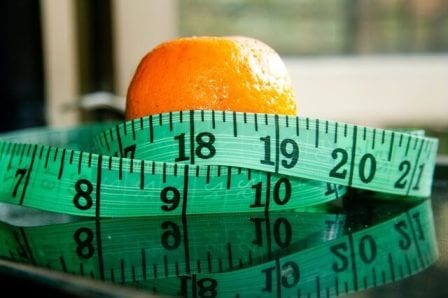 Especially if your arthritis pain is in the lower extremities, like knees or ankles, losing weight has a tremendous impact, because less weight means less stress on these joints. According to one expert, every pound of weight loss means four pounds of less joint pressure. So, many people who lose ten or twenty pounds might see their symptoms dissipate almost completely, all but eliminating the need for pain pills.
Especially if your arthritis pain is in the lower extremities, like knees or ankles, losing weight has a tremendous impact, because less weight means less stress on these joints. According to one expert, every pound of weight loss means four pounds of less joint pressure. So, many people who lose ten or twenty pounds might see their symptoms dissipate almost completely, all but eliminating the need for pain pills.
Weight loss is not really a matter of sudden, dramatic changes, but rather the cumulative effect of some small changes. Drink water with meals instead of sugary beverages, avoid eating out and the out-of-control portions that many restaurants serve, reduce your daily calorie intake by about one or two servings a day, and get a little more exercise.
Yoga
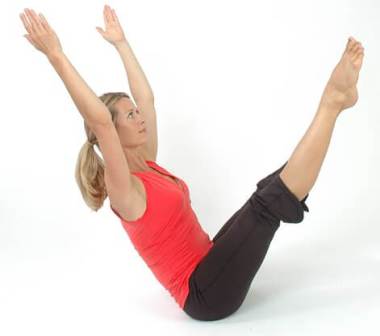 In addition to weight loss, yoga has some other benefits for arthritis sufferers. The stretching improves blood flow to the joints and muscles, thus alleviating much of the stiffness that some people feel. Furthermore, there is considerable evidence that the meditation aspect of yoga helps immensely, because patients focus on something other than the pain.
In addition to weight loss, yoga has some other benefits for arthritis sufferers. The stretching improves blood flow to the joints and muscles, thus alleviating much of the stiffness that some people feel. Furthermore, there is considerable evidence that the meditation aspect of yoga helps immensely, because patients focus on something other than the pain.
If one takes classes at a recreation or fitness center, yoga also has some social benefits. This interaction is especially important for older people, many of whom report feeling lonely or isolated even if they are married. Yoga classes offer a connection to like-minded people, which is a good thing.
Altogether, yoga and other exercises can significantly reduce your dependence on pain pills.
Diet and Nutrition
 Much like effective weight loss, effective diet change is the cumulative effect of small changes. You can still eat fast-food hamburgers, but instead of one or two a week, make it one or two a month. Plus, when you cook at home, try some of these ingredients:
Much like effective weight loss, effective diet change is the cumulative effect of small changes. You can still eat fast-food hamburgers, but instead of one or two a week, make it one or two a month. Plus, when you cook at home, try some of these ingredients:
- Turmeric: This spice is common in many Indian and South Asian foods, and there is evidence that one of its chemical components, curcumin, reduces joint inflammation.
- Cruciferous Vegetables: Cauliflower, brussel sprouts, and broccoli all contain sulforaphane, which may help slow the damage associated with lost cartilage in joints (osteoarthritis).
- Alliums: Leeks, onions, and garlic all have high levels of diallyl disulfide, which is a chemical that his similar properties as sulforaphane.
Taken together, these everyday food ingredients can take arthritis pain down a notch or two, making you less dependent on pain pills.
There are also many nutritional supplements that have similar benefits, including:
- Omega 3 (the ingredient in fish oil),
- Glucosamine,
- Chondroitin, and
- Avocado Soybean Unsaponifiables (ASU).
Admittedly, the medical evidence is a little shaky for most of these supplements. The best approach is to try one or two for yourself for about a month or so. If they help you, keep taking them, and if they don’t help, don’t buy any more.
Temperature Therapy
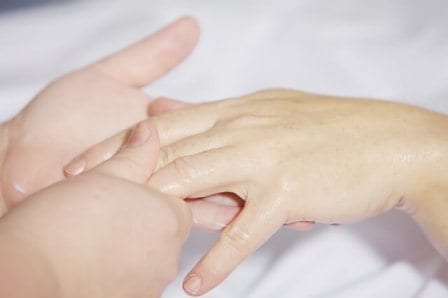 The right combination of hot and cold, at the right time of day, can alleviate arthritis pain to a considerable extent.
The right combination of hot and cold, at the right time of day, can alleviate arthritis pain to a considerable extent.
Hot therapy is best either at night or in the morning, because the heat eases joint stiffness in many cases. Some people respond to a long, hot bath, while for others, a heating pad or electric blanket work very well. Warmth also causes relaxation, which is anther reason to make it part of your bedtime routine.
During the day, and especially after a period of heavy activity, ice reduces inflammation. As a bonus, ice also acts as an analgesic topical pain reliever. Ice joints of about twenty minutes at a time to obtain maximum benefits.
TENS
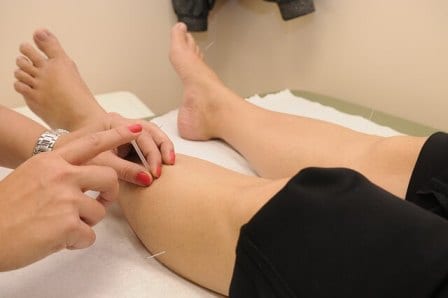 Doesn’t “transcutaneous electrostimulation” sound a lot less threatening than “shock therapy,” even though it’s basically the same thing?
Doesn’t “transcutaneous electrostimulation” sound a lot less threatening than “shock therapy,” even though it’s basically the same thing?
Actually, there is a rather significant difference, because TENS brings about physical changes as opposed to behavioral changes. The extremely mild electrical current may disrupt pain messages from nerve endings to the brain, so patients feel less discomfort and use pain pills only to take the edge off a little more.
Electro acupuncture, which is electric currents delivered through acupuncture needles, may have the same effect, except acupuncture targets muscles and joints as opposed to nerve endings. Acupuncture is actually the most well-researched alternative arthritis pain remedy, although like dietary supplements, the results vary significantly from individual to individual.
The best way to reduce dependence on pain pills is to change the way we think about pain relief. In addition to the obvious physical component, there are also mental and emotional elements. By combining all three, you will most likely experience results that exceed your expectations, and start living the life you lived before arthritis, at least to an extent that was impossible before.
